Writing
Intent:
At Nottingham Academy Primary, our intent is to provide an engaging English curriculum for our children that allows them to develop into confident and creative writers. We do this by immersing children in a curriculum that is tailored to their needs, responsive to the different speeds at which children learn and sensitive to the challenges that all children face on their learning journey.
Having a well-planned, carefully structured, progressive curriculum that runs from the beginning of EYFS to the end of year 6 allows us to have high expectations of all children whilst ensuring that skills and knowledge are taught, practised and embedded throughout our children’s learning journey.
At the heart of this is the intention of all staff here at Nottingham Academy to instil a love of reading, writing and discussion in our children that will have a positive impact on their development during their time here, and a lasting impact on their lives.
Implementation:
English lessons are taught in units that are planned around high-quality, challenging texts. The children are immersed in this engaging narrative (or non-fiction text), over several weeks, exploring characters, settings, storylines and themes. The writing skills developed in these lessons are carefully selected so that they form part of a whole-school skills progression. This allows children to master age-appropriate skills and enables the teachers to provide timely challenge or support where it is needed.
We believe that children’s learning is enhanced when they are writing for a purpose. Because of this, we structure our units in a way that allows teachers and their classes to focus on one key writing purpose at a time – writing to entertain, persuade or inform. This approach means that children spend several weeks gaining a thorough understanding of how to write for a specific purpose and what skills to employ, whether this is writing a story, letter, diary, or leaflet, creating a fact file or recounting an event.
Writers in EYFS and Year 1 use the ‘Fantastic lenses' from ‘The Write stuff’ approach to help focus ideas and thoughts around elements of narratives and non-narratives, including, action, speech, feelings and noticing (observation) as well as using them as hooks to help up-level the vocabulary we learn and develop attached to each of those areas. This focus on high quality vocabulary and purposeful writing continues throughout school.
All children have writing targets
Daily English lessons are structured to include:
- Spag
- Vocabulary
- High quality teacher modelling
- Independent writing
- Editing
- All with a focus on 100% participation from pupils engaged in active learning.
Impact
By immersing children in high quality texts and focusing on skills and the enjoyment of English, children develop an enthusiasm for the subject. They enjoy talking about their favourite books, discussing the stories they’re writing, and sharing their achievements with other children.
Children’s books show that they continually adopt new writing skills as they progress through school while drawing inspiration from the books they read in class. Children’s writing is continually assessed to ensure that our planning and teaching meets the needs of the children and accelerates progress.
Children are also encouraged to assess their own work. Evaluating their own progress often feeds their eagerness to reach new targets and enables children to talk freely and enthusiastically about their next steps. Daily editing allows children to make changes needed to improve their writing.
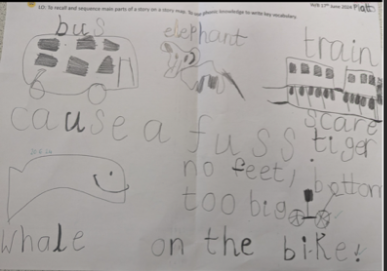 Some super writing from the children in the Enhanced Provision based on the picture book "You can't let an elephant on a bus!".
Some super writing from the children in the Enhanced Provision based on the picture book "You can't let an elephant on a bus!".
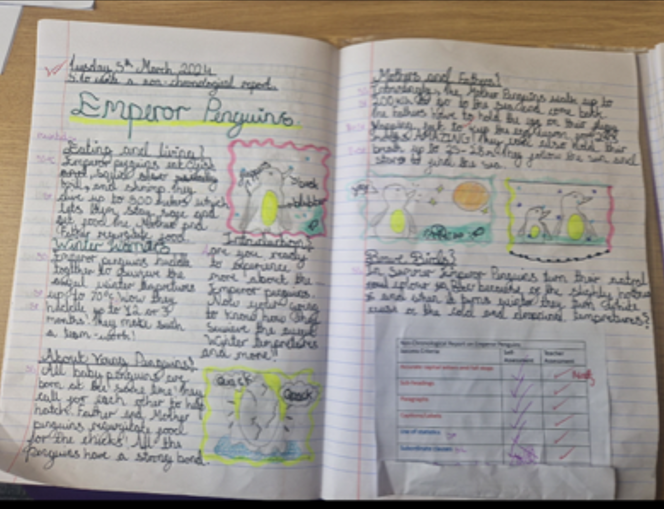 Some excellent writing from children in Year 5 based on a non-chronological report on Emperor Penguins. Fabulous presentation and some very interesting facts too.
Some excellent writing from children in Year 5 based on a non-chronological report on Emperor Penguins. Fabulous presentation and some very interesting facts too.
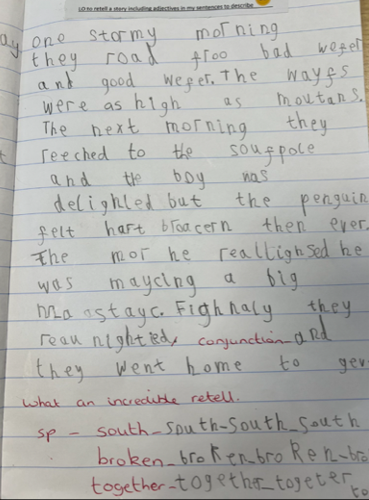 An excellent retell of theof the story 'Lost and Found' by our talented year 1 children.
An excellent retell of theof the story 'Lost and Found' by our talented year 1 children.
Spelling 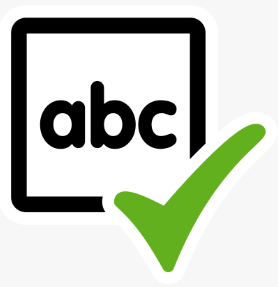
Intent
At Nottingham Academy Primary, teachers will show pupils how to understand the relationships between words, how to understand the nuances of meaning, and how to develop their understanding of and ability to spell a wide range of words. They will also teach pupils how to work out and clarify the meanings of unknown words and words with more than one meaning.
Our approach to spelling:
-
Develops the children’s understanding of word meaning to unlock wider comprehension.
-
Allows children to make links between prior knowledge and builds on the foundations of phonics laid down in the Early Years.
-
Provides the children with the opportunity to experiment and build words, as well as expand their vocabulary bank.
Implementation
We start teaching phonics in Nursery with Foundation for Phonics and begin daily Little Wandle Letters and Sounds Revised lessons in Reception and Year 1, which ensures children build on their growing knowledge of the alphabetic code, mastering phonics to read and spell as they move through school. As a result, we aim for all our children to be able to tackle any unfamiliar and decodable words as they read and spell. We have a strong focus on language development for our children because we know that speaking and listening are crucial skills for reading and writing in all subjects.
In Year 2, the children have daily Little Wandle spelling sessions which follow a similar structure to Little Wandle phonics, supporting children to make links to their phonic learning and helping them to accurately spell common exception words. Little Wandle spelling teaches children to consider etymology, morphology and grammar when spelling new words.
From Year 3 onwards, we continue to build on the children’s understanding of the etymology and introduce them to the morphology of words (how words are structured and related to one another by a combination of form, grammar and meaning). This approach allows us to build on the foundations that have already been put in place in Key Stage 1 and allows for a more seamless transition between spelling strategies when moving between key stages. Where words are irregular, and do not follow the rules, we continue to use etymology (the stories behind the spelling of certain words) and graphic strategies to help children to learn these spellings. Spelling lessons take place 3 times-a-week and allow the children to immerse themselves in their new spelling prefix, suffix or root word, thus allowing them to form links between words and prior learning.
Handwriting 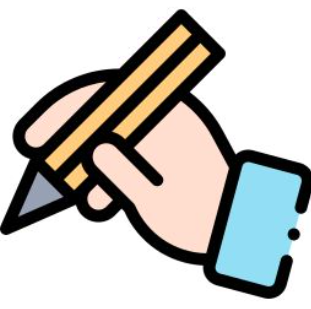
Intent:
At Nottingham Academy, we believe in the importance of all children being able to write with ease, speed and legibility to support their learning across the curriculum. Handwriting is a movement skill which, like reading and spelling, affects levels of written communication. Therefore, we ensure that this is taught directly by explicit modelling, explanation and opportunities to practice in all year groups across school, in an age-appropriate way and by following the school's handwriting policy.
Implementation:
EYFS
In the EYFS, children take part in activities that develop fine and gross motor skills. They begin with gross motor skills which later inform fine motor skills. Pre-writing activities are available daily, which later develop into early pencil skills. Children who need additional support to develop fine motor skills will receive regular interventions which focus on developing the strength in hand muscles.
Children in EYFS also take part in regular handwriting sessions throughout the week when children will be taught and given time to practice letter formation. This will be practised further through access to a variety of mark-making media in continuous provision.
KS1/KS2
Our school policy follows the Handwriting Progression, as set out in the National Curriculum.
Year One
Through regular taught handwriting sessions and through regular opportunities to practice in the provision provided, children are taught to:
-
Sit correctly at a table, holding a pencil comfortably and correctly.
-
Begin to form lower-case letters in the correct direction, starting and finishing in the right place.
-
Form capital letters
-
Form digits 0-9
-
Understand which letters belong to which handwriting ‘families’ (i.e. letters that are formed in similar ways).
Year Two
Through regular handwriting sessions and through vast opportunities to practice writing and publishing work across the curriculum, children are taught to:
-
Form lower-case letters of the correct size relative to one another.
-
Start using some of the diagonal and horizontal strokes needed to join letters and understand which letters, when adjacent to one another, are best left unjoined.
-
Write capital letters and digits of the correct size, orientation and relationship to one another and to lower case letters
-
Use spacing between words that reflects the size of the letters.
-
Once our children are secure in Phase 5 phonics, they will begin to use a cursive style and will be taught how and where to join letters in their handwriting sessions.
Years Three and Four
Through regular handwriting sessions and through vast opportunities to practice writing and publishing work across the curriculum, children are taught to:
-
Use the diagonal and horizontal strokes that are needed to join letters and understand which letters, when adjacent to one another, are best left unjoined.
-
Increase the legibility, consistency and quality of their handwriting [for example, by ensuring that the downstrokes of letters are parallel and equidistant; that lines of writing are spaced sufficiently so that the ascenders and descenders of letters do not touch].
Years five and Six
Through regular handwriting sessions and through vast opportunities to practice writing and publishing work across the curriculum, children are taught to:
-
Write legibly, fluently and with increasing speed by choosing which shape of a letter to use when given choices and deciding whether to join specific letters
-
Choosing the writing implement that is best suited for a task.
